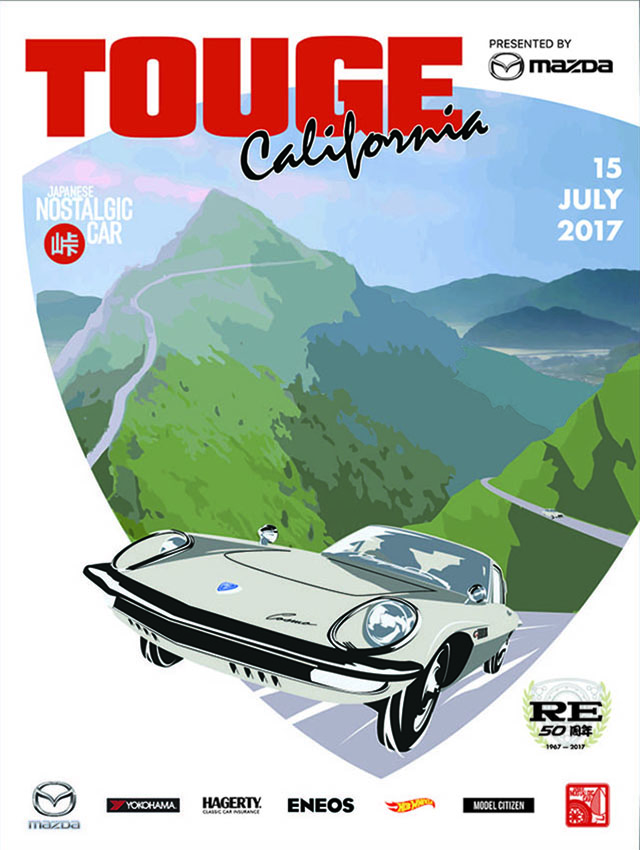In northern areas of Japan snowfall can be a big problem for traffic. One solution that’s been used to combat the accumulation of snow on roadways is shosetsu (disappearing snow) or yuusetsu (melting snow) equipment embedded into the roads themselves. During snowstorms, underground pipes carry warm water to sprinklers implanted in the asphalt, which then spray the water on road surfaces to melt the snow.
Legend has it that the shosetsu system was invented by Yosaburo Imai, founder of Naniwaya Seika, the hundred-year-old confectionary that is said to have invented the popular Japanese snack kaki-no-tane. Imai lived in Nagaoka City, Niigata Prefecture, where some winters see up to three meters of snow. He came up with the idea one winter after noticing a lack of the white stuff where warm groundwater was seeping from the earth.
Imai served on the Nagaoka city council, and persuaded the city to install the first shosetsu system on a single road in the city in 1961. The system used water heated by Japan’s natural geothermal activity, which creates the many hot springs volcanos found throughout the country, and measures a balmy 13-14° C (55-57° F). The water was pumped from below the surface into a pipe lining the street and equipped with sprinklers.
The pilot program was a success, buoyed by a harsh snowstorm in the winter of 1963 that helped spread the system throughout the city. Imai obtained a patent for the shosetsu system in 1964, but gave the rights to Nagaoka City free of charge. Because of the iron content in the water, the roads in Nagaoka eventually turned brown, even in months where the shosetsu system was inactive. This became a unique facet of the city that charmed visitors.
Variations of the shosetsu system quickly spread across northern Japan. The sprinklers are typically installed along the center lane divider of streets. Streets are crowned to allow water to flow towards the gutters and the center is generally the highest point of a road’s cross-section. Similar water pipes have been used to clear train tracks as well. In some areas, the sprinklers are even turned on in the summer to combat heat.
The shosetsu system isn’t without its issues, however. In Aomori City, the water supply contained seawater, which rusted out cars and trucks. In some areas, the overuse of groundwater began to soften the land above the aquifers. Eventually, the building of dams and computerized management of the water supply helped solve those issues.
Of course, the pipes and sprinklers have to be maintained as well, which creates some expense for the government. Overall, though, it’s an effective system that’s been in use for over 60 years now, clearing streets without the use of road salt or asphalt-damaging plows, and also wowing tourists who encounter the shosetsu for the first time.
Images: Ministry of Land, Infrastructure and Transport; Joetsu City









Sigh. And here we are in New England with enough salt to brine that thanksgiving turkey, for the next twenty years.
It eats your car alive and destroys the plant life near the road for dessert!
A clever method originally conceived to prevent early domestic cars from disintegrating over a single winter.
In our state, we enjoyed a long history of salt-free roads. Friends from the east coast would marvel at our vintage cars running around…until one snowstorm, a half baked response, general lack of inclement weather driving skills & a dash of politics. Now we have joined the ranks of the FeO2 driver’s club.
I’m curious how the formation of black ice is prevented when the temperature drops at night. Does the high iron concentration have something to do with the prevention of ice formation?